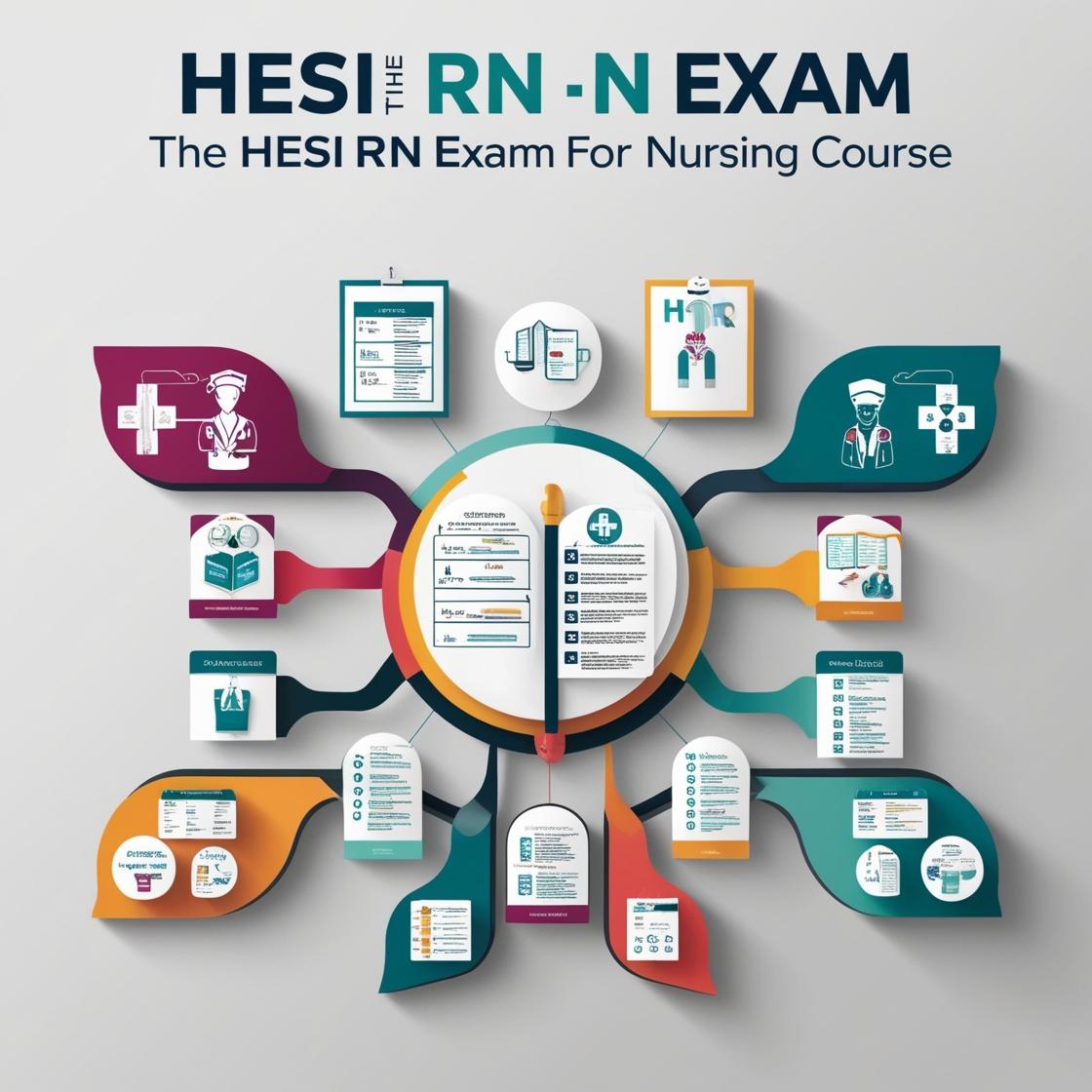HESI RN
Maternity HESI Quizlet
1. A mother who is breastfeeding her baby receives instructions from the nurse. Which instruction is most effective to prevent nipple soreness?
- A. Wear a cotton bra.
- B. Increase nursing time gradually.
- C. Correctly place the infant on the breast.
- D. Manually express a small amount of milk before nursing.
Correct answer: C
Rationale: The most effective instruction to prevent nipple soreness when breastfeeding is to correctly place the infant on the breast. Proper latch-on techniques ensure that the baby is properly positioned, reducing the risk of nipple soreness. When the baby is positioned correctly, they can nurse effectively without causing discomfort to the mother.
2. A couple has been trying to conceive for nine months without success. Which information obtained from the clients is most likely to have an impact on the couple's ability to conceive a child?
- A. Both partners have a daily exercise regimen that includes running four miles each morning.
- B. The couple has a history of having sexual intercourse 2 to 3 times per week.
- C. The woman's menstrual period occurs every 35 days.
- D. They use lubricants with each sexual encounter to decrease friction.
Correct answer: D
Rationale: Using lubricants during sexual encounters can potentially impact the couple's ability to conceive a child. Some lubricants may contain substances that are spermicidal or alter the vaginal environment, affecting sperm motility and fertility.
3. In which chromosome pattern is Duchenne disease inherited?
- A. Autosomal dominant
- B. Autosomal recessive
- C. X-linked recessive
- D. Mitochondrial
Correct answer: C
Rationale: Duchenne disease is caused by a mutation in the DMD gene located on the X chromosome, leading to an X-linked recessive inheritance pattern. Males are typically affected by this disorder as they have only one X chromosome, while females are carriers with one normal and one affected X chromosome.
4. During the newborn admission assessment, the nurse palpates the newborn's scrotum and does not feel the testicles. Which assessment technique should the nurse perform next to verify the absence of testes?
- A. Observe the urethral opening on the surface of the penis when the newborn voids.
- B. Perform transillumination of the scrotal sac to visualize shadows of the testes.
- C. Use a fingertip to palpate the inguinal canal for a retractile or undescended testis.
- D. Measure the size of the scrotal sac for length and width.
Correct answer: C
Rationale: If the testes are not palpated in the scrotum, the next step is to check the inguinal canal for a retractile or undescended testis. This technique allows the nurse to determine if the testes are located within the inguinal canal rather than the scrotum. It is essential to assess for the presence of testes in the inguinal canal to ensure proper diagnosis and management of any potential issues related to testicular positioning.
5. A pregnant woman comes to the prenatal clinic for an initial visit. In reviewing her childbearing history, the client indicates that she has delivered premature twins, one full-term baby, and has had no abortions. Which GTPAL should the LPN/LVN document in this client's record?
- A. 3-1-2-0-3.
- B. 4-1-2-0-3.
- C. 2-1-2-1-2.
- D. 3-1-1-0-3.
Correct answer: D
Rationale: The correct GTPAL for this client is 3-1-1-0-3. G (Gravida) is 3, indicating a total of 3 pregnancies. T (Term) is 1, representing 1 full-term delivery. P (Preterm) is 1, not 2 as mentioned in the question, as twins count as one pregnancy event. A (Abortions) is 0, and L (Living) is 3, indicating 3 living children (twins count as 1). Therefore, the correct answer is 3-1-1-0-3.
Similar Questions

Access More Features
HESI RN Basic
$89/ 30 days
- 50,000 Questions with answers
- All HESI courses Coverage
- 30 days access @ $89
HESI RN Premium
$149.99/ 90 days
- 50,000 Questions with answers
- All HESI courses Coverage
- 30 days access @ $149.99
